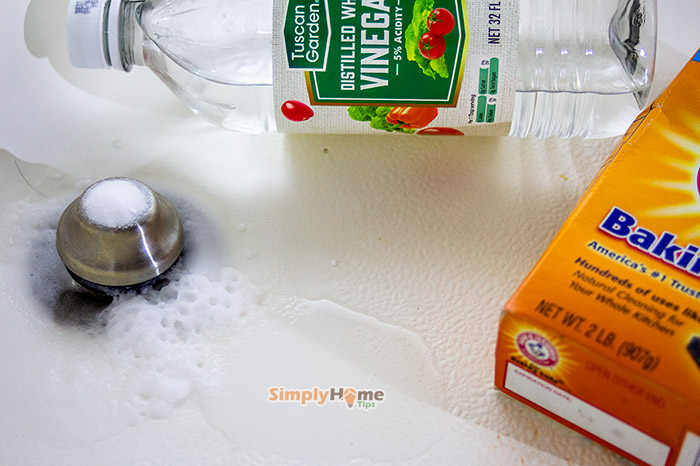
#Bleach and vinegar skin#
Use an absorbent cloth or a sponge to scrub and rinse your skin.Remove your jewelry and clothes that were contaminated after washing your skin thoroughly with water.If you anciently spilled bleach, follow the tricks below to avoid any severe circumstances: Move out of the area where chlorine is present and go somewhere where there is fresh air.As a first aid, try the following If you inhaled chlorine: For this, you need to seek medical attention. Once you inhaled chlorine gas, it should be removed as soon as possible from your system. What to do If you get bleach and vinegar on your skin or inhaled chlorine gas vapors The severity of the symptoms also depends upon the immunity of the person being exposed to the chlorine gas.Īccording to CDC, the common symptoms of chlorine gas exposure include blurred vision, coughing, chest tightness, irritation in the nose, troat, and eyes, trouble breathing, fluid in the lungs, nausea, vomiting, watery eyes, and wheezing, etc. While deep inhalation in the same concentration will cause lung irritation. Brief exposure to a relatively low concentration of chlorine will irritate the nose, mouth, and throat. Symptoms of exposure to a bleach and vinegar reactionĮxposure to chlorine gas and its concentration plays an important role in the type of symptoms you experience. Instead, wait several loads before using vinegar after bleaching your clothes. Inhaling chlorine gas above 1000 ppm will cause death right away.Ĭan you combine bleach and vinegar in a washing machine?ĭo not use bleach and vinegar combined when you do your laundry as It may result in taces of chlorine gas in your clothes.A concentration above 430ppm will inevitably lead to death in 30 minutes.A concentration above 40ppm results in dangerously high levels of fluid retention in your lungs.A concentration above 30ppm results in chest pain, difficulty in breathing, and coughing.A concentration of 5 to 15 ppm is irritating for the mucous membranes in the mouth and nose.At 0.1 to 0.3 ppm, chlorine gas can be smelled because of its pungent odor.The symptoms that appear on inhaling chlorine gas vary with the concentration of the chlorine. Is It safe to mix them in small amounts?Ĭhlorine will irritate the eyes, throat, and nose even in a small amount of 5ppm. Bleach fumes on mixing with limonene present in some household cleaners produce small particles that are injurious to health. It can also react with some oven cleaners, insecticides, ammonia, and hydrogen peroxide. Sodium hypochlorite is composed of sodium, oxygen, and chlorine atoms.on mixing with the acetic acid in vinegar or other types of acid, chlorine gas is released.

Bleach is non-toxic unless inhaled or comes in contact with your skin. The most commonly used type of bleach is sodium hypochlorite which is used for removing stains and disinfecting surfaces. In this article, we will answer the question “Can I mix vinegar and bleach?”, and what are the symptoms of exposure to vinegar and bleach reaction? Can I mix vinegar and bleach?


 0 kommentar(er)
0 kommentar(er)
